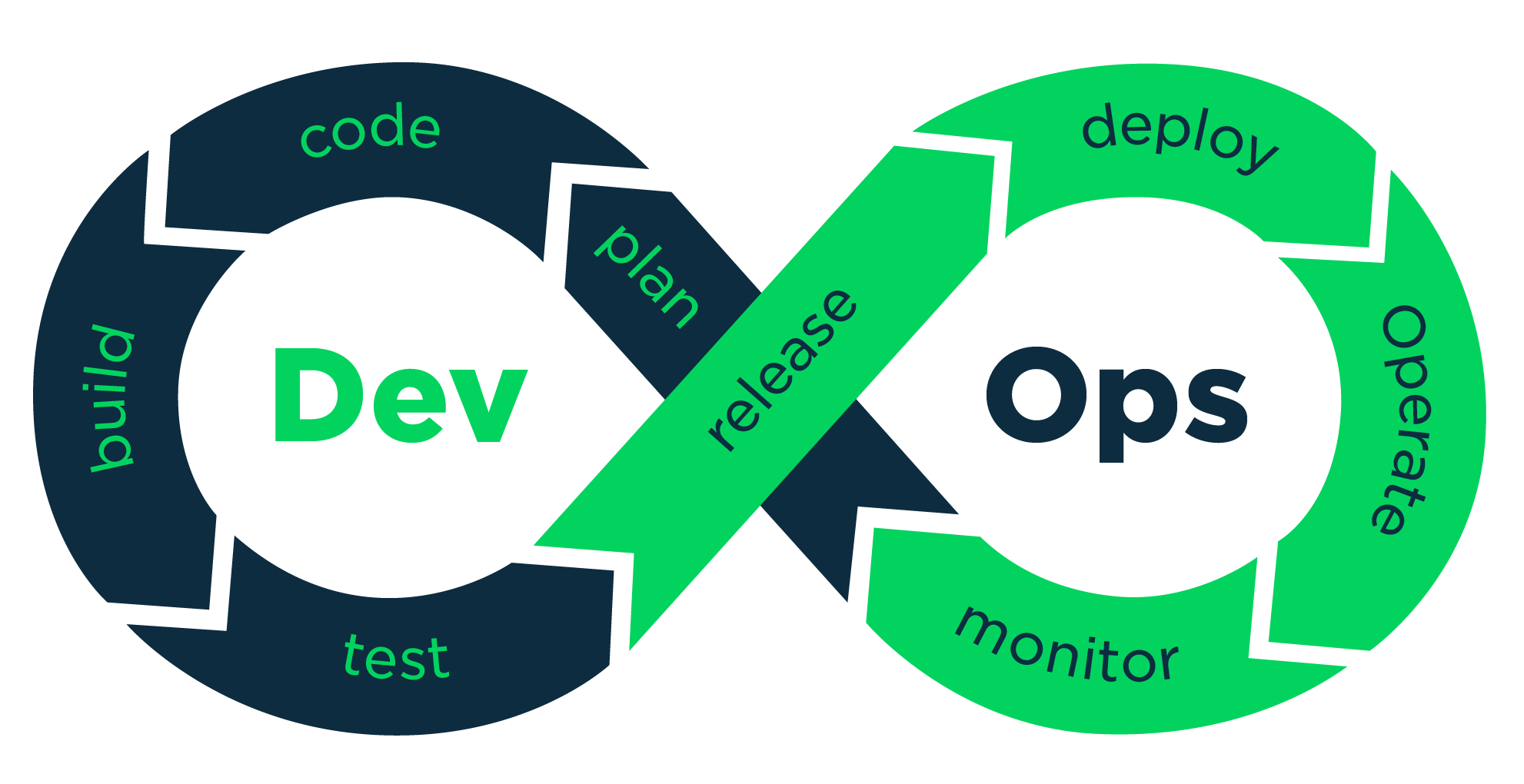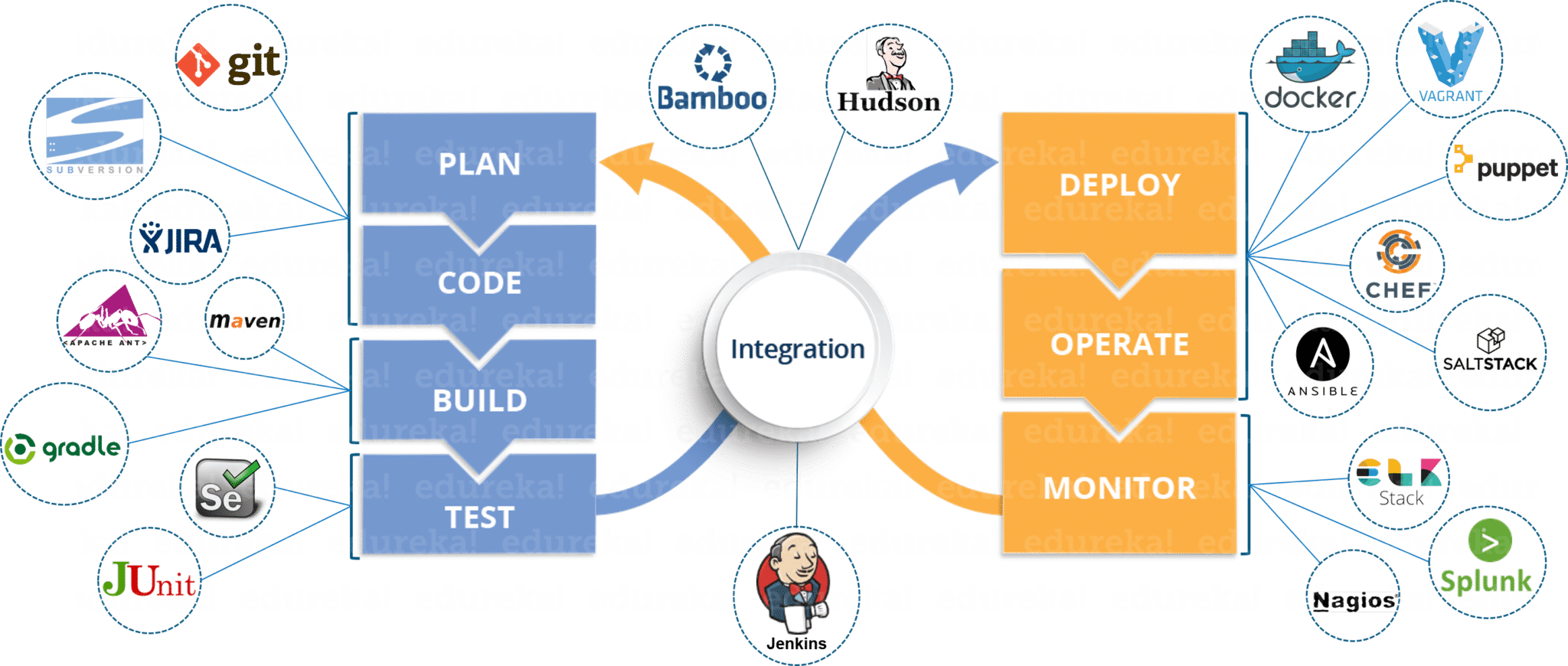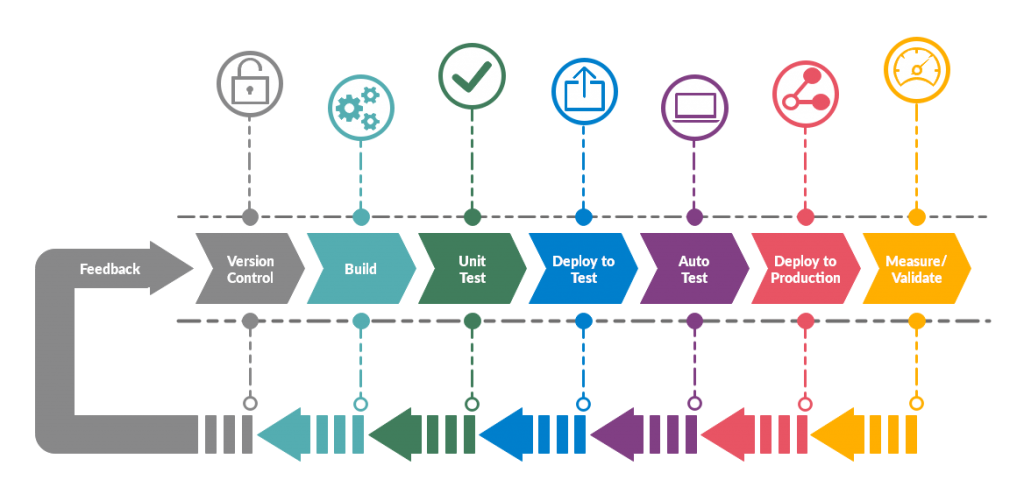Keeping up with customer demand and staying ahead of the competition requires fast releases and efficient code. This is where DevOps comes into play. Where DevOps is the practice, mindset, and culture of combining software development (i.e. Dev) and IT operations (i.e. Ops) to accelerate the development lifecycle and provide continuous delivery without compromising quality.
By focusing on applying practices that promote and nurture collaboration and communication, DevOps enables the building, testing, and releasing of applications faster, more frequently, and more reliably than ever, transforming traditional approaches to software development.
The actual set of practices that comprise the DevOps methodology is the DevOps pipeline. In this article, we’re going to be taking a closer look at what this pipeline actually is, what are its objectives, components, phases, and more.
What is a DevOps pipeline?
A DevOps pipeline is the set of tools, flows, and automated processes that enable teams to effectively and efficiently leverage various technologies in building and deploying software.
The primary objective of the pipeline is to keep the software development process well focused and continually organized.

The 6 components of a DevOps pipeline
The goal of the DevOps pipeline – that is, delivering clean, secure, and bug-free code to production, fast and frequently, is achieved through the pipeline’s main components, which include the following:
Continuous integration is the method of merging small pieces of code from multiple developers into a shared code repository as often as possible. This enables the automatic testing of code without having to wait for other team members to contribute their own piece.
By eliminating this wait, continuous integration also eliminates the risk of integration conflicts and, consequently, the deployment of bad code.
1. Continuous delivery
Encourages developers to release code to production incrementally. Any change made to an application is automatically tested for bugs and uploaded to a repository, from where it can be deployed to production by the operations team.
Through such an approach to releasing code, troubleshooting becomes much easier when compared with attempting to do so on all the changes at once.
2. Continuous deployment
Similar to continuous delivery, but differs in that it is all about automation. With continuous deployment, code updates are automatically released from the repository to end-users in live production without manual intervention.
3. Continuous testing
CT is about running automated tests at every stage of development, as often as possible. This enables teams to detect issues and any risks that may be involved before the code reaches production.
4. Continuous operations
Enables maximum availability of apps and environments. This approach prevents availability issues and downtime during the release process and assures that the constant release of code updates, bug fixes, and patches are transparent to users.
5. Continuous monitoring
(also sometimes called continuous control) enables DevOps teams to observe and detect security threats and compliance issues during each phase of development lifecycle. It is also leveraged by the services team in the production environment to confirm that applications are on track and are doing what they’re supposed to be doing.
6. Continuous feedback
An essential component of the DevOps pipeline, and involves evaluating the effect of releases on the user experience and reporting findings to the team charged with improving future releases.

The 6 phases of a DevOps pipeline
While DevOps teams often add or remove certain phases of the pipeline as based on specific workflows, the four that are included in almost every pipeline are develop, build, test, and deploy, with many others also including plan and monitor.
1. Plan
For planning the full workflow before anyone starts to code. This includes creating the development roadmap for guiding the team through the process, gathering feedback, and breaking down the workflow to specific tasks that are executed in sprints, which are typically done every two weeks.
2. Develop
This is when the coding starts, which should follow pre-defined standards to ensure uniformity. This makes it easier for other team members to understand their colleagues’ code.
3. Build
A crucial phase as it enables developers to detect issues and assure that only error-free code makes it down the pipeline. With this phase the team runs automated tests and if a problem with the code is detected, the build fails and the relevant developer is alerted.
4. Test
Happens only when the build passes, and entails running both manual and automated tests for further validating code integrity.
5. Deploy
At this stage, the code is ready to go to production. If only small changes were made to the code about to be deployed, then the process is automated. If, however, a major change has occurred, the code will first be deployed to a production-like environment for monitoring code behavior before it goes live.
6. Monitor
This is the final stage in the DevOps pipeline, which calls for teams to make sure that the infrastructure, systems, and applications are all running smoothly.
The 5 pillars of the DevOps pipeline
Now that we know what the components and stages of the DevOps pipeline are, we need to understand what are the main tools and services for optimal execution.
- The CI/CD environment which is where you will store the source code. The most popular repository is GitHub, with GitLab and BitBucket also serving as worthy alternatives. And a recommended CI/CD tool is the open source, Java-based Jenkins, which is considered to be the de-facto standard.
- Source control management when integrated with the CI/CD tool helps developers avoid merge conflicts as they share code modifications. Git is considered to be the standard, with other open source options including Subversion, Vesta, and Mercurial.
- Build server and automation tool: with Jenkinsand Travis-CI being the most popular. Jenkins is open-source (as noted) and free, while Travis-CI is a hosted solution and is also free, but only for projects that are open-source.
- Automated tests enable teams to reuse tests in a repeatable process and eliminate time-intensive, rote tasks. Among the testing tools that are considered to be the best are Ranorex, SoapUI, Katalon Studio, and others.
- Web application server for deployment enables the programming logic inside deployable packages to be detected. It also renders the interface and offers web services. Among the open source web application servers available are Tomcat, Jetty, WildFly, and more.

How to successfully implement your own DevOps pipeline
With tools in hand, it’s now time to implement your DevOps pipeline, and the three key steps that must be taken in order to ensure its success are:
Developing a DevOps strategy
As with any strategic initiative, it is critical to fully understand why you are embarking on this journey and to be able to clearly define and articulate this ‘why’ as well as to identify the resources required and potential limitations that may arise.
But DevOps is not just about workflows, tools, and processes. This is an approach to software development that requires a significant shift in mindset and culture – which requires a lot of communication, engagement, education, and evangelizing within the organization.
Monitoring EVERYTHING
Monitoring a project’s status from strategy to deployment is critical. There are so many tools being used to create a toolchain and pipelines, so many different pieces of code being pushed down the pipeline and so many sprints and team members involved throughout the lifecycle.
The only way to make sure that things are organized and under control is to monitor it all, including:
- Application performance
- Sprint progress and defects status
- The code repository
- Security test results
- Versioned artifacts
- And much more
Setting metrics
Monitoring goes hand-in-hand with metrics – which are critical for enabling a quantified understanding of progress and performance. Among what should be measured are:
- Deployment frequency over a given period
- Change lead time between when a change is planned and completed
- Mean time to recovery (MTTR) of the application after a failure
- Change fail rate regarding how many times changes cause a deployment to fail as compared with the number of deployments\
The accelerating popularity of DevOps is no surprise with the many benefits it brings – the agility of teams, the quality and reliability of code, and efficiency of operations.
While it may seem like a daunting task to make the DevOps vision a reality, with the right strategy, tools, and mindset – it is possible, and it does bring remarkable and measurable results.
To learn how Exigence can help you recover when something goes wrong in your DevOps pipeline, we invite you to reach out to us at info@exigence.io.


.jpeg)




